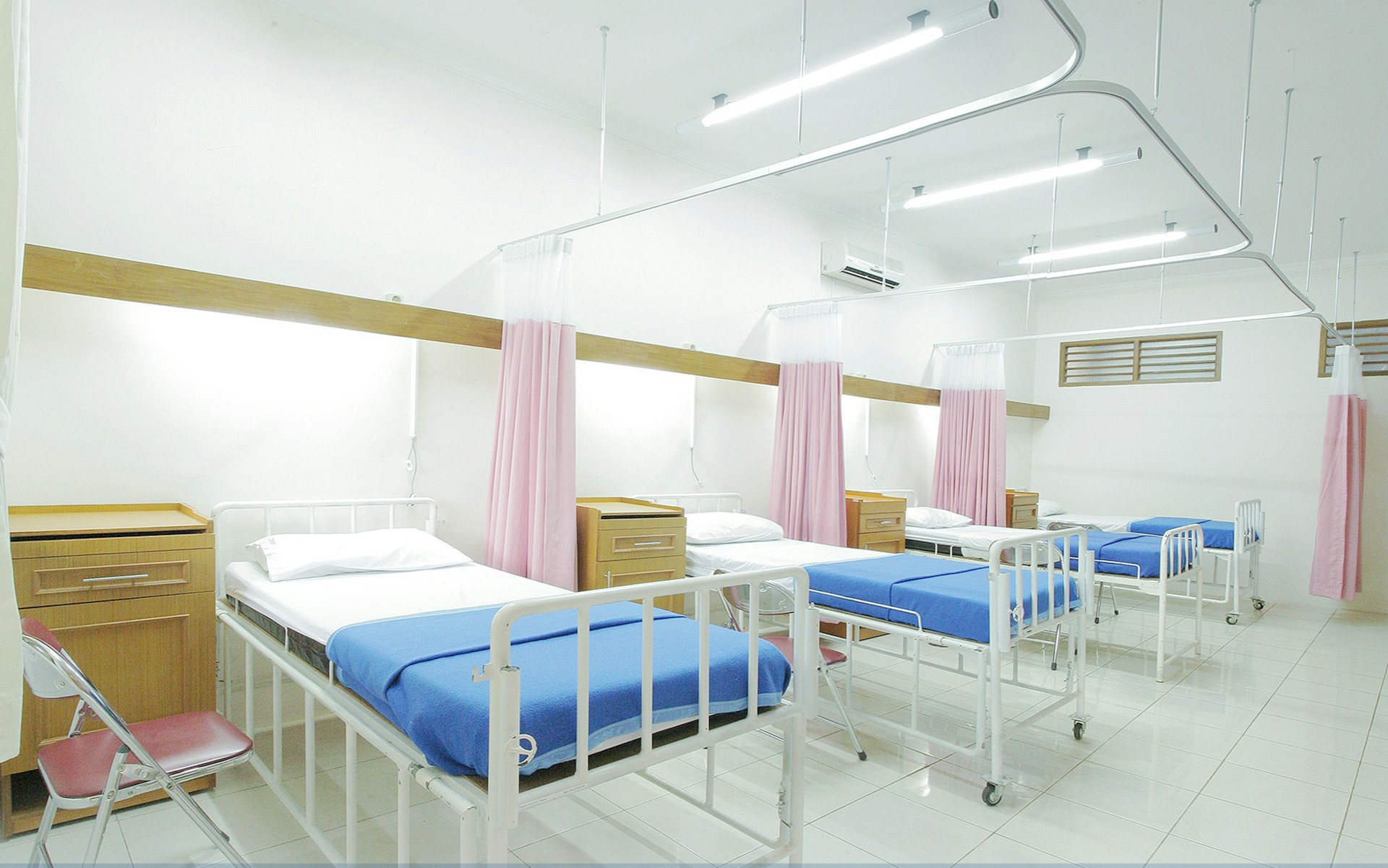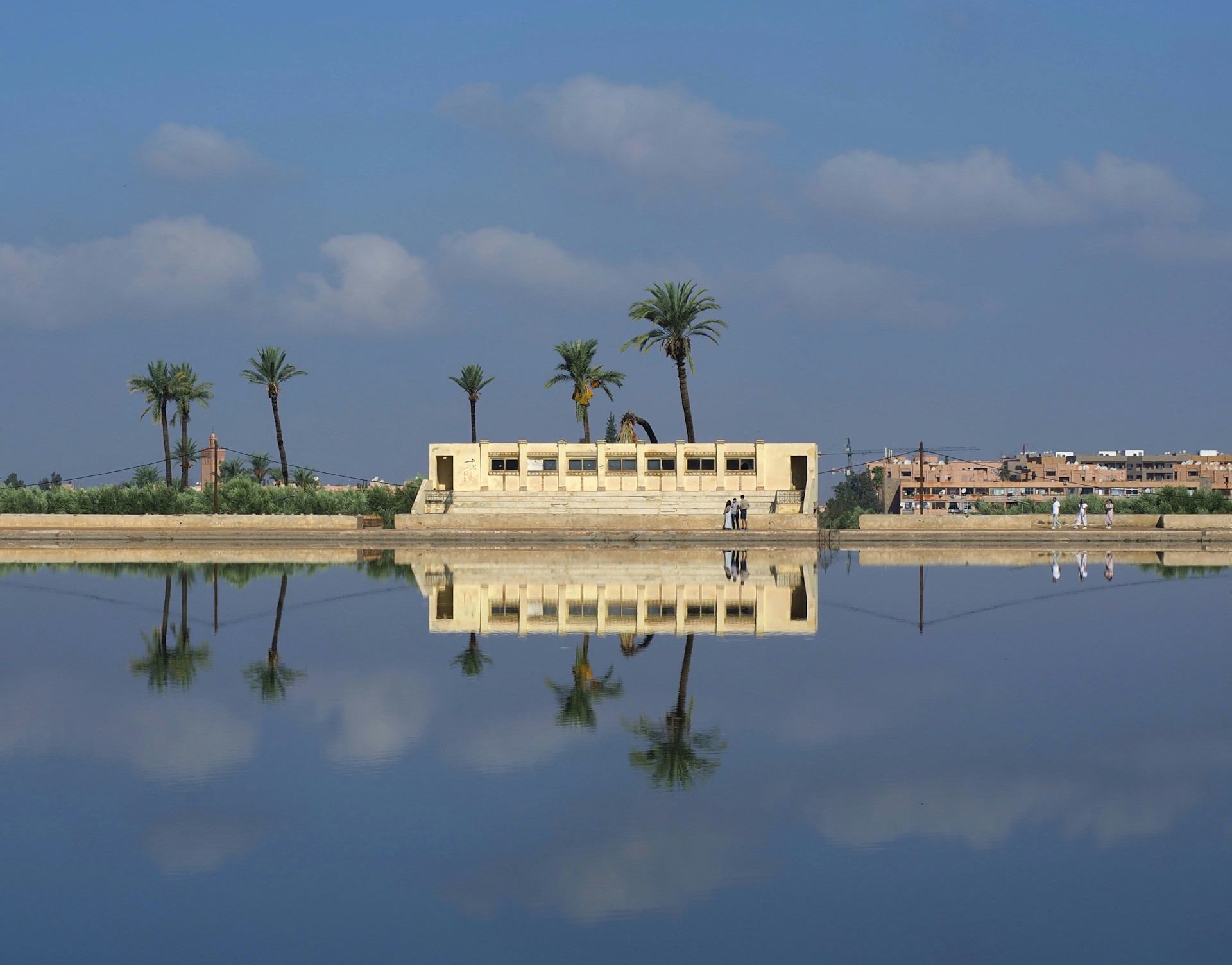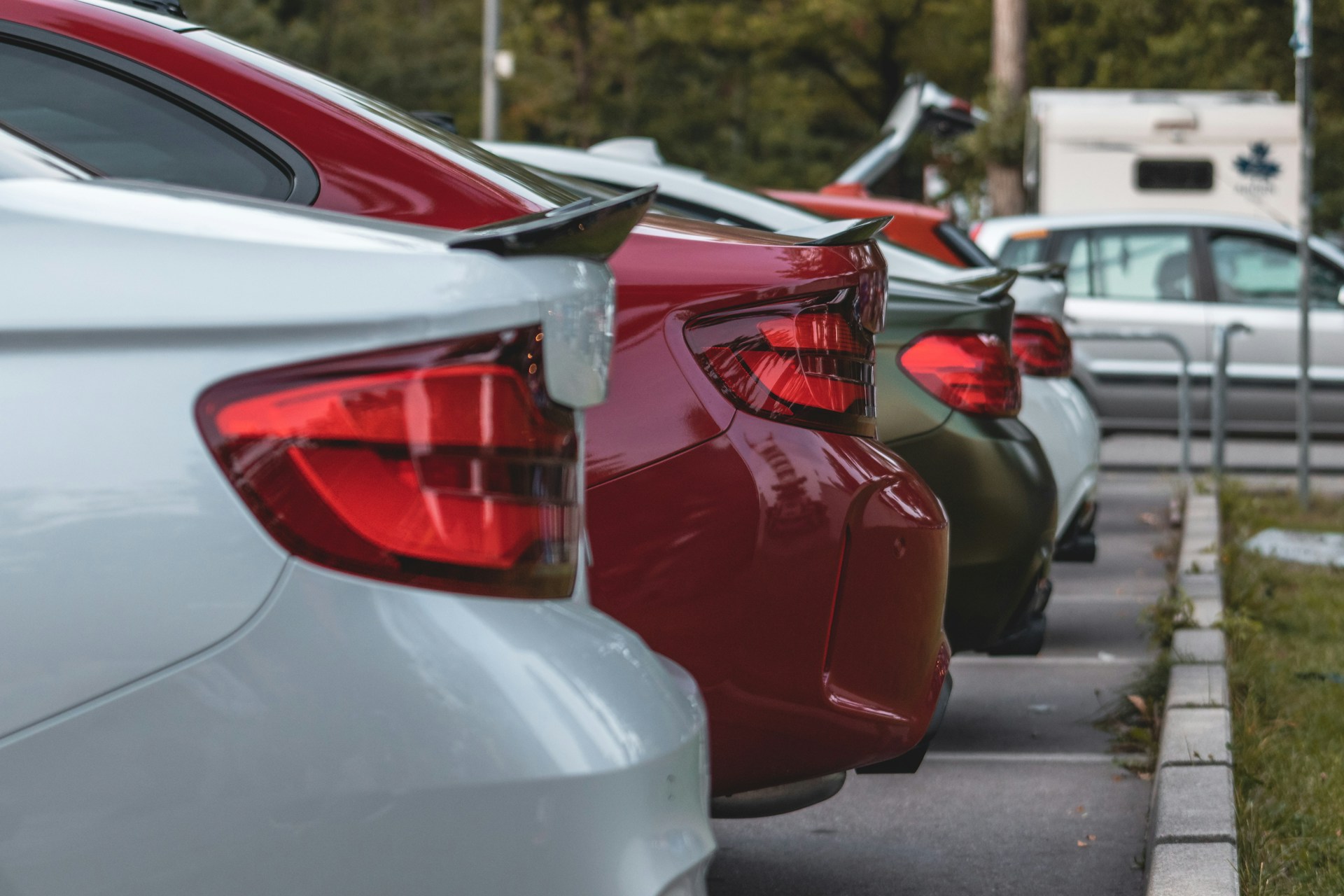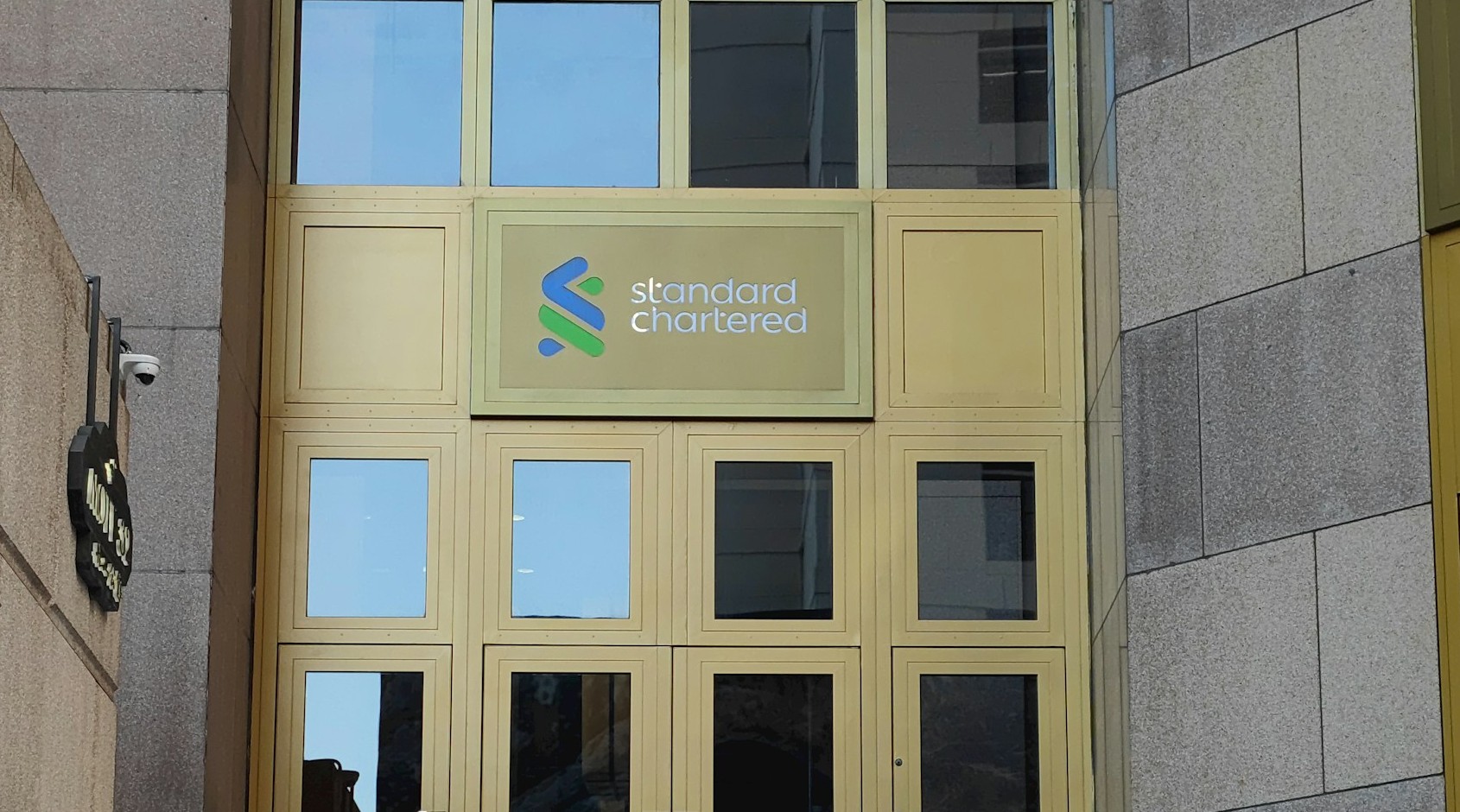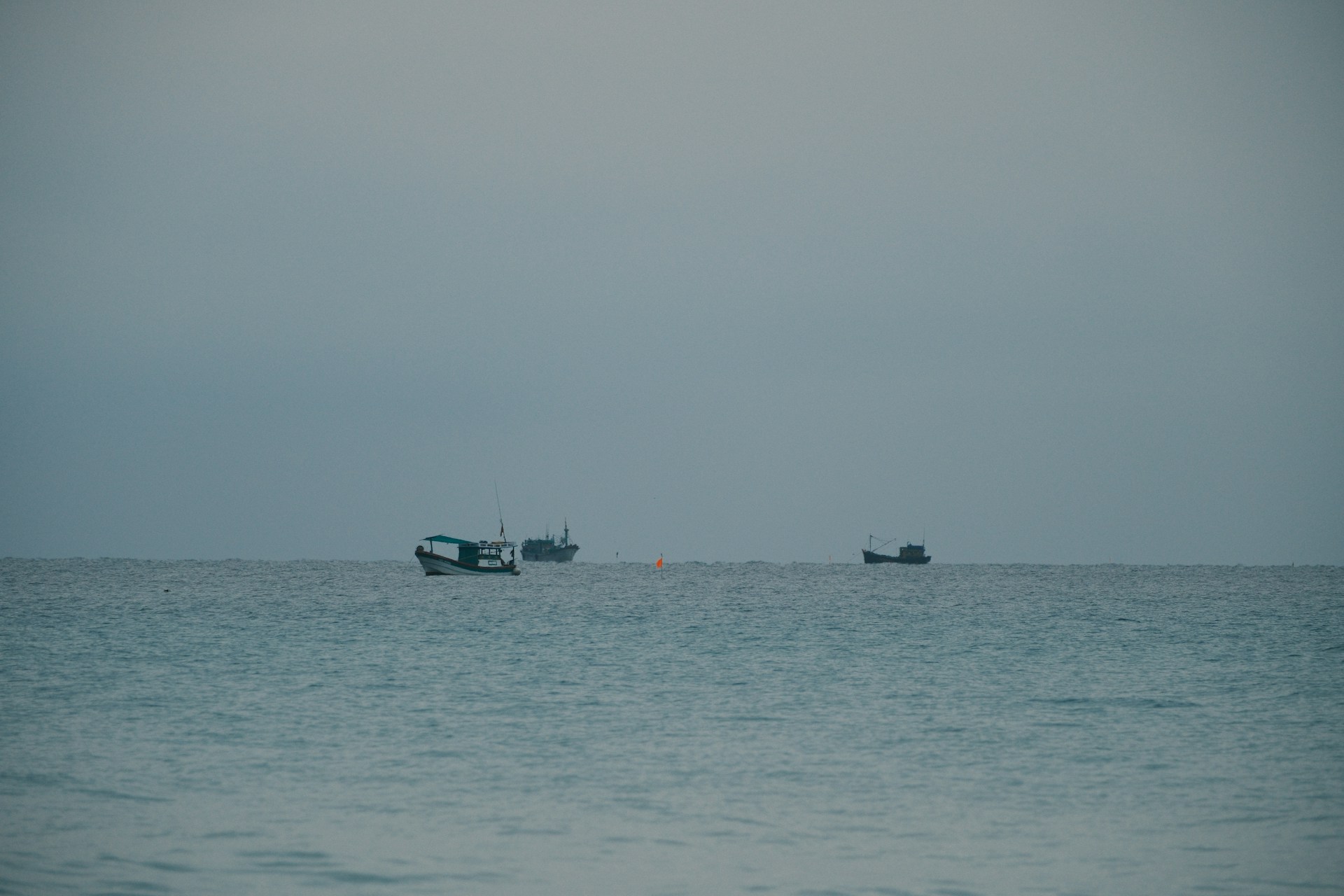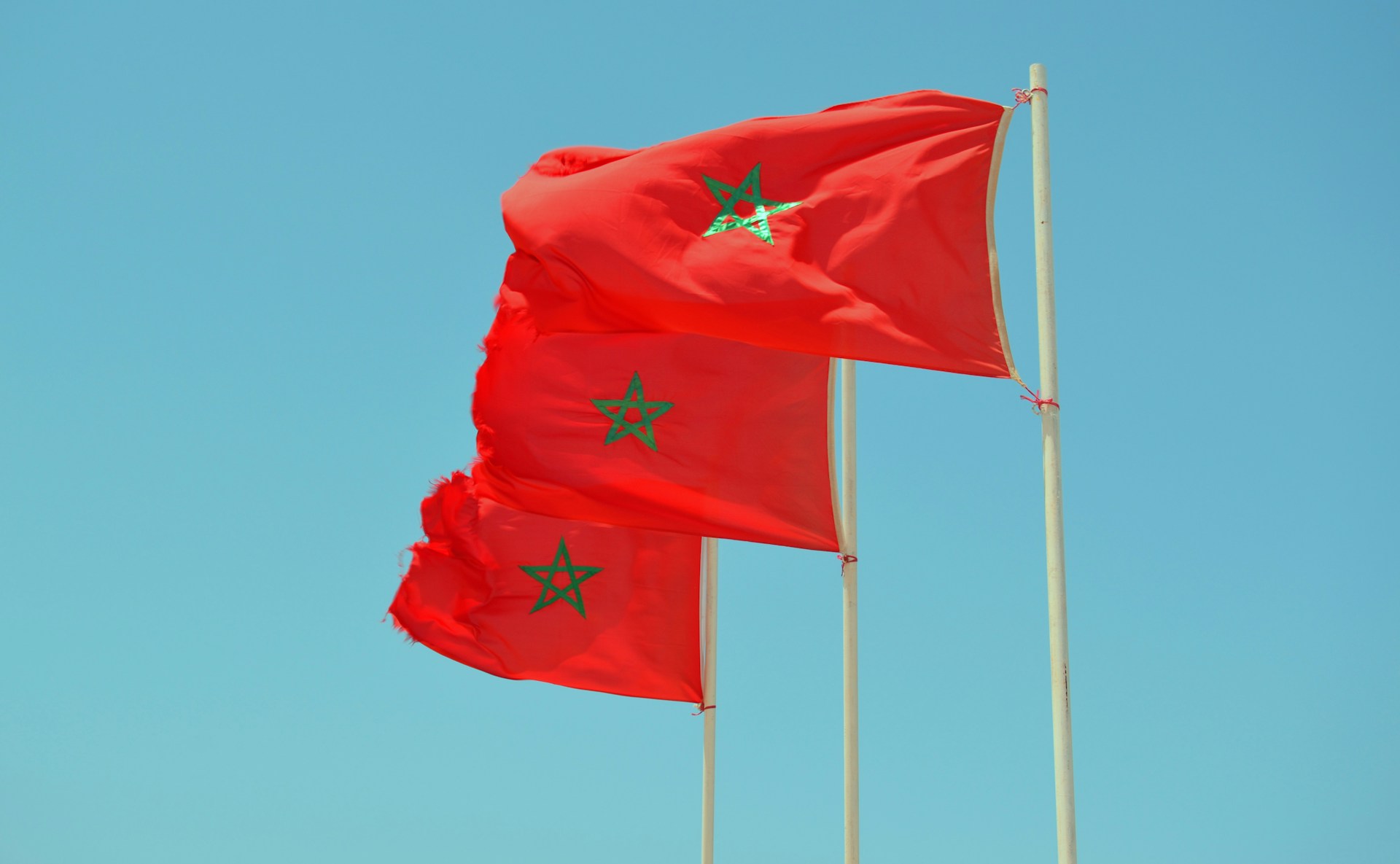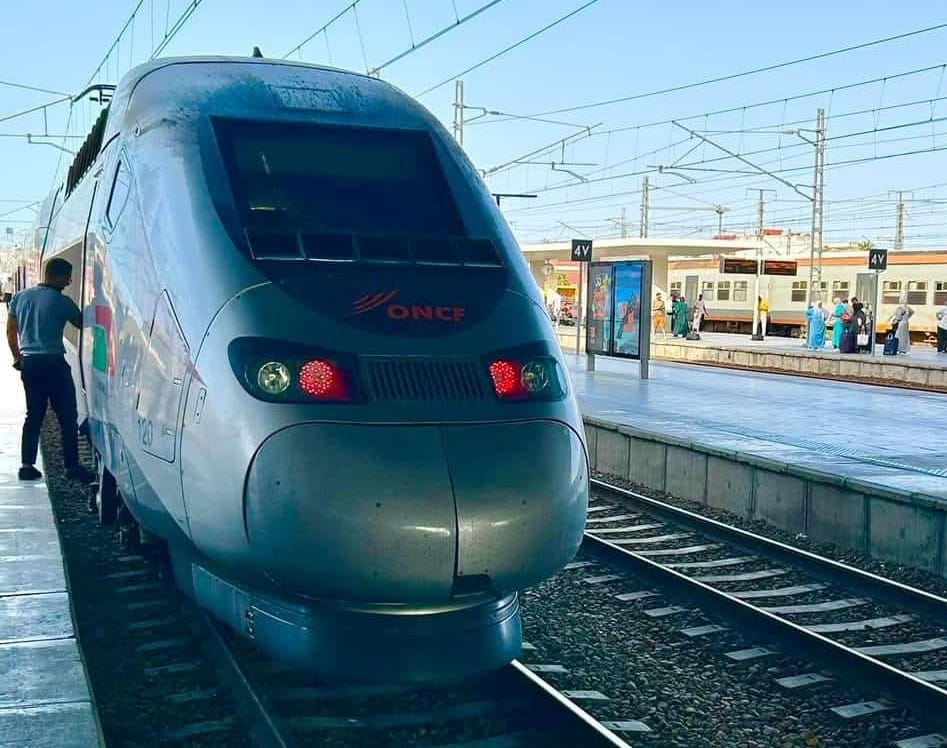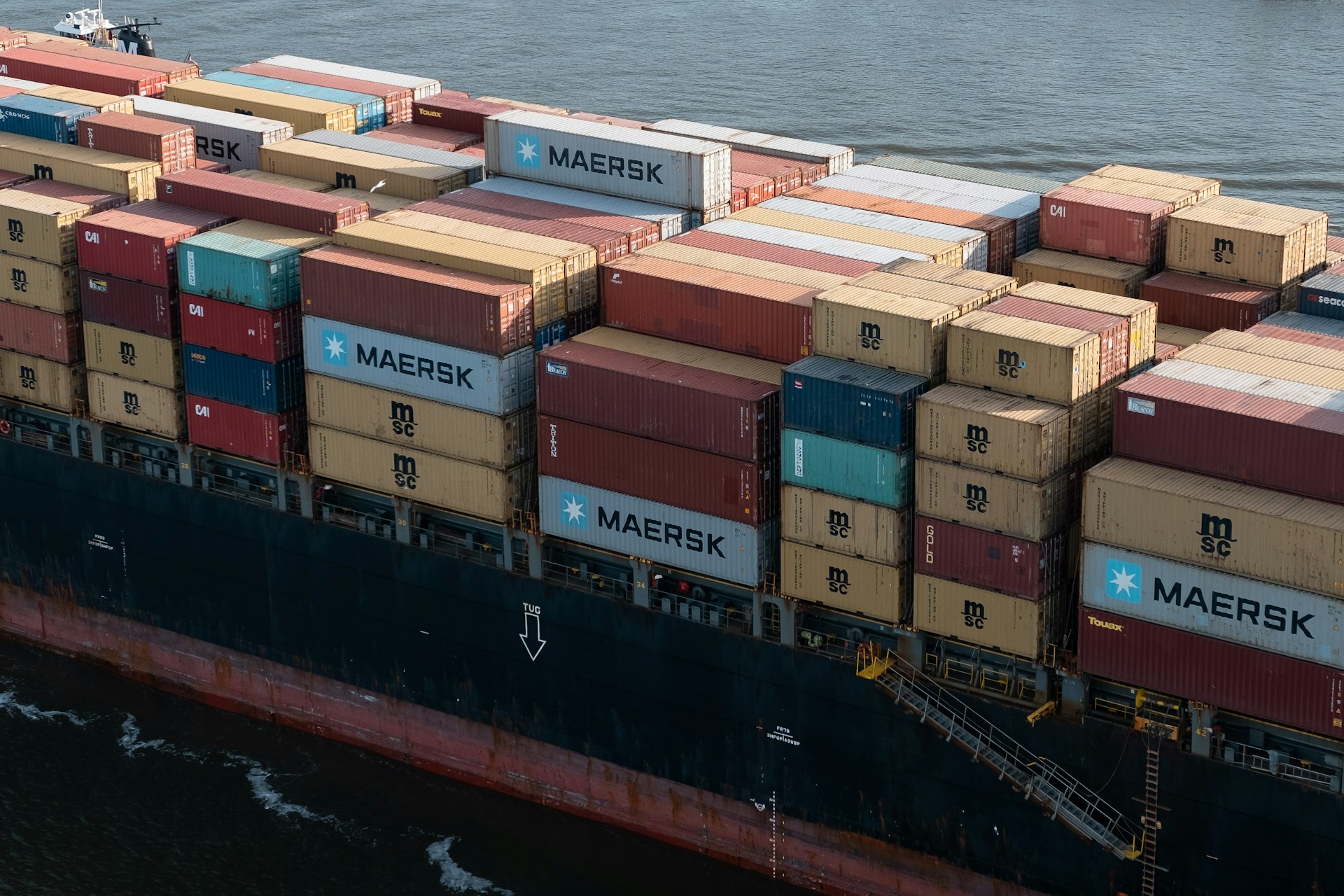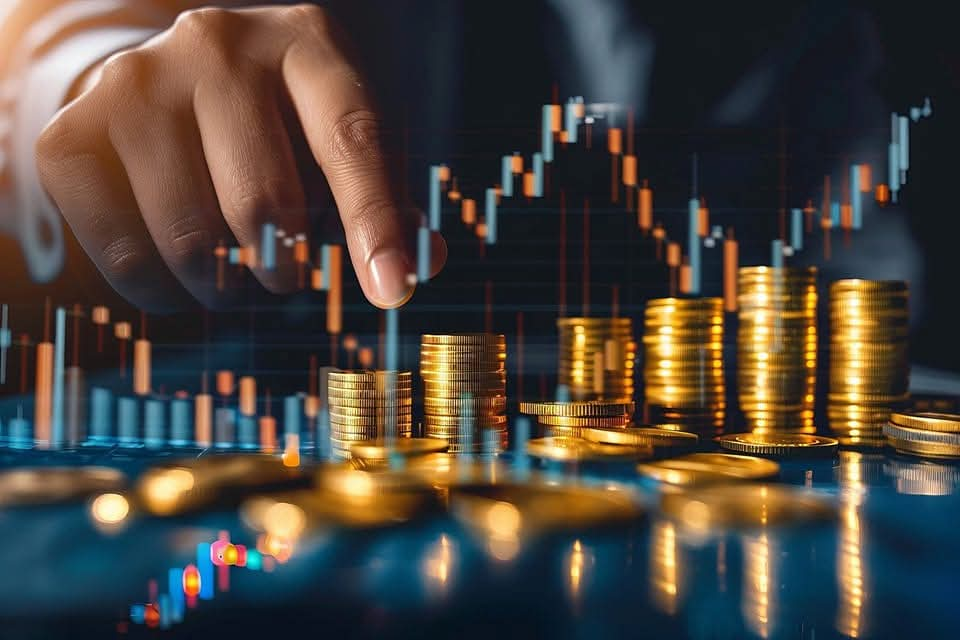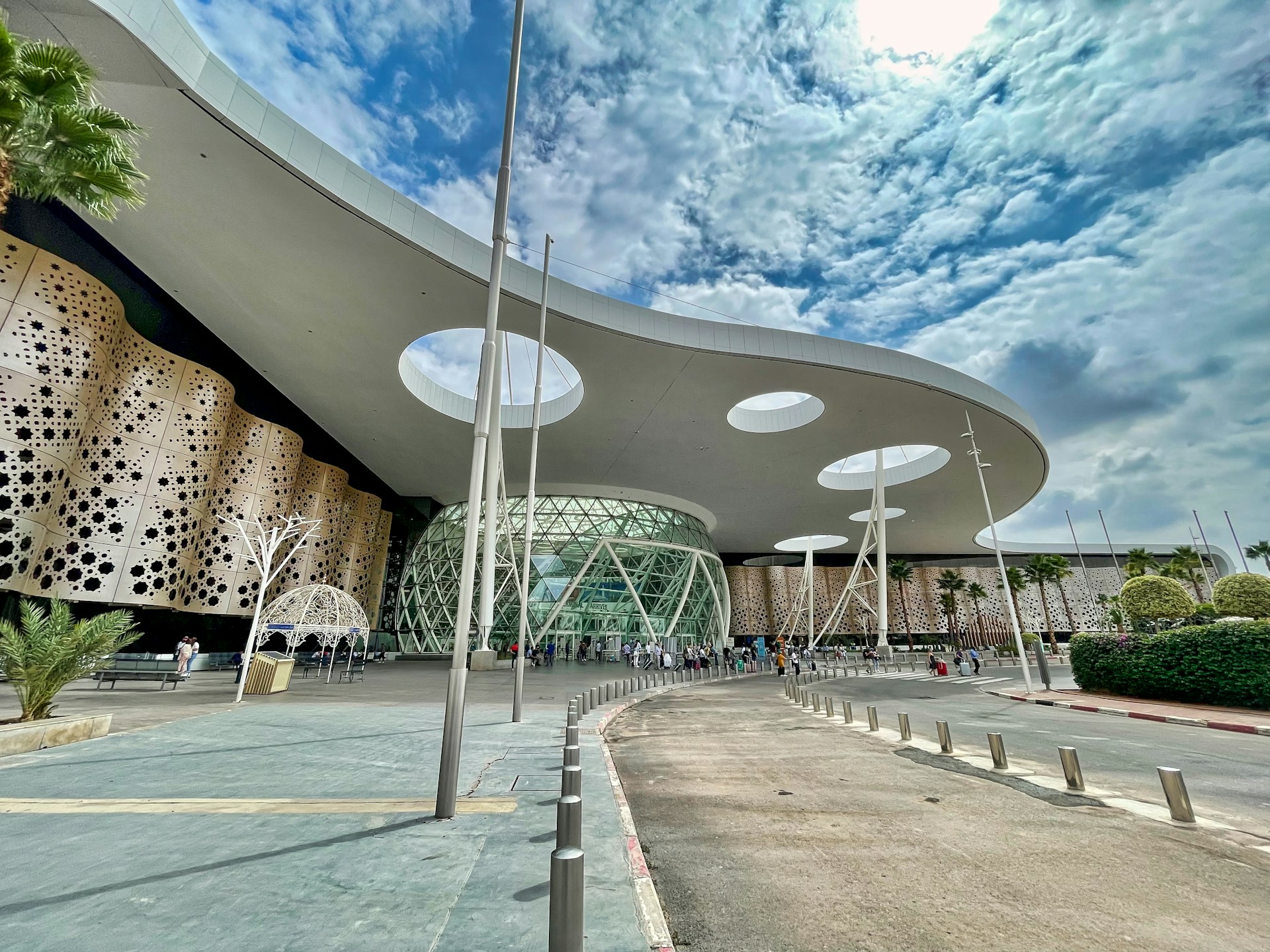Casablanca – The Moroccan economy demonstrated remarkable resilience in 2023, navigating through global challenges to achieve robust growth. According to the latest report from the High Commissioner for Planning, the national economy grew by 3.4%, a significant improvement from the 1.5% growth rate recorded in the previous year. This performance was underpinned by strong domestic demand and diverse sectoral contributions, showcasing the economy’s ability to adapt and thrive.
One of the standout factors in Morocco’s economic performance was the surge in non-agricultural activities, which saw a volume increase of 3.5%. This sector’s dynamism offset the volatility in the agricultural sector, which managed a modest 1.4% increase after a significant decline the previous year. Notably, the fishing industry rebounded dramatically with a 7% increase, recovering from a 20.8% decrease.
The secondary sector also showed positive trends, with a 1.3% increase in value added. The manufacturing industry led this growth with a 2.7% increase, a notable jump from the 0.6% increase in 2022. Similarly, the sectors of electricity, gas, water, sanitation, and waste management grew by 0.7% after a previous decline. However, challenges remained in the extractive industry and construction, both of which continued to see declines in value added.
The tertiary sector, although still growing, exhibited signs of a slowdown. Its growth rate decreased from 6.8% in 2022 to 4.4% in 2023. This was due to a deceleration in several key sub-sectors, including accommodation and food services, which saw their growth rate fall to 23.5% from 68% the previous year. Despite this, some areas such as transport, storage, and real estate services showed promising improvements.
Domestic demand played a crucial role in Morocco’s economic expansion in 2023. Household and non-profit institution consumption expenditures increased by 3.9% after stagnating the previous year, contributing significantly to the overall growth. Additionally, gross investment, including fixed capital formation and inventory changes, grew by 1.5%, reversing a sharp decline in 2022. Public administration consumption also rose, further bolstering economic activity.
On the external trade front, exports of goods and services grew by 8.8% in 2023, although this was a more moderate pace compared to the 20.5% increase in 2022. Imports increased by 7.4%, resulting in a negative net contribution from external trade to economic growth. This shift reflected a more balanced but still challenging external environment.
The economic growth in 2023 occurred in a context of high inflation, with the general price level rising by 6.4%, up from 2.7% the previous year. Despite this, the nominal GDP increased by 10%, driven by both volume growth and price increases.
Morocco’s gross national disposable income saw a substantial increase of 9.7% in 2023, compared to 5.2% in 2022. This was supported by a 7.5% increase in net income from abroad. The rise in disposable income enabled national savings to account for 28.2% of GDP, up from 26.7%. Consequently, the country’s need for external financing decreased significantly, from 3.6% of GDP in 2022 to 0.6% in 2023.
The Moroccan economy’s performance in 2023 highlights its resilience and adaptability in the face of global economic challenges. The growth driven by non-agricultural activities, coupled with strong domestic demand and improved national income, positions Morocco well for continued economic stability. As the country looks to 2024, maintaining this momentum while addressing sectoral imbalances and external trade challenges will be key to sustaining growth and economic resilience.
